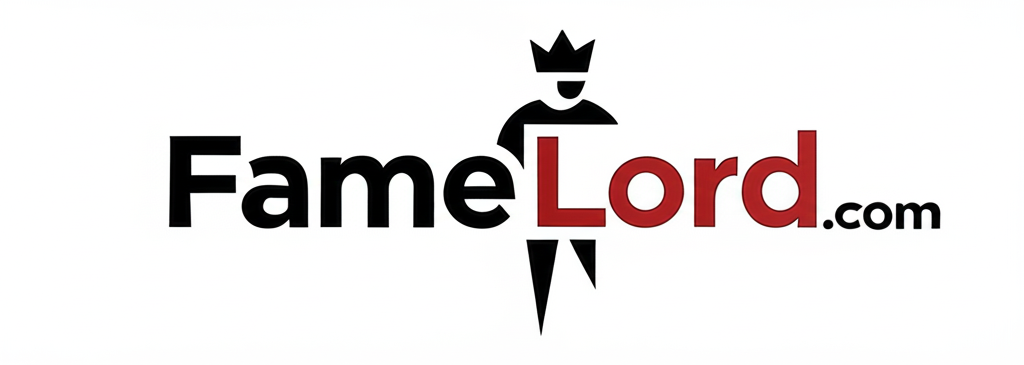Editorials
Things to Keep in Mind When Choosing a TV Service

Deciding on getting a TV service isn’t as easy as you think it might be. There are a lot of considerations and ifs and buts that go into choosing your TV service. You need to be mindful of the channels that you are offered and a lot of other aspects that go into the decision. There are some things you need to keep in mind before you dive into your decision.
Coming back to the things you should keep in mind while selecting a TV service for your home; make sure you keep these aspects in mind:
Decide on the Type of Service you Wish to Have
This is the part where you decide the kind of service that you want to opt for, depending on your budget as well. There are quite a few types of services you can consider getting, which include Cable TV, Satellite TV, and Fiber TV. However, the most popular of these have been Cable TV and Satellite TV, with more preference given to Cable TV. This also has a lot to do with the number of channels that you want on average. You can get the most channels out of a Fiber TV service, but it also comes with a hefty cost. Cable TV would give you quite a substantial number of channels and Satellite TV falls midway between Cable and Fiber.
Another option to opt for is digital streaming as well if you do not wish to have that many channels in your lineup but want the essentials.
Surveying the Cost of the Service that you Decide on Getting
While getting a service, you should know that the price of the service that you get would vary in accordance with the companies that provide the service. Therefore, this is where you need to be vigilant as you research online about companies that offer services and how much they cost for it.
This would also help you set a certain budget so that you could be easy on your finances too. Researching well enough might just get you the service that you need, that too at a price that would be fairly affordable for you.
Differentiation between the Three Services
Cable TV
Cable TV makes use of coaxial cables that deliver channels to your TV through radio frequency signals. Given that it makes of cables instead of satellites and the internet, this costs you relatively less, which is one of the many reasons why it is so popular in the country and people tend to purchase Cable services.
Another element that makes it easy for people to get a cable service is how it offers a no-contract option. However, you may also opt for an option that comes with a contract too, but it all depends on your preference. Cable TV also gives you DVR so that you could record all your favorite shows to watch later, with ample space to record multiple shows.
Satellite TV
As the name itself states, Satellite TV depends on Satellites that are orbiting in space. The best part about getting a Satellite TV service is how vast and widely spread its service is. This makes it possible for people in rural areas to have access to a TV service as well. The method that Satellite TV uses for transmission is broadcast, where Satellites emit signals that are transmitted to your house, giving you all the channels you need to watch.
Fiber TV
Just like how the internet saw the influx of fiber optic cables with faster speed and added reliability, the same principle is being applied to TV services as well. Having a fiber optic cable makes it possible for you to have channels delivered to you instantaneously, which can make it easier to watch live matches without any interruptions at all.
However, you must know that currently, fiber optic cables for TV aren’t available throughout the United States, there are still some areas that are awaiting fiber optic services for their TV as well.
Digital Streaming
If you are a fan of watching on-demand content, then live TV streaming is the option that you should be going for. It also allows you to record all your favorite programs so that you could enjoy them later too. However, you need to make sure that you have a fast internet connection since this service relies on the internet, therefore it is best to bundle your service. You also need to know that if you end up getting digital streaming, you would not have that many channels to watch and you will have to make do with whatever you get.
The Final Verdict
Deciding which service to get is a bit of a confusing option, with each of them having its pros and cons. However, if you were to look at which one is the most accepted and popular, then that would be Cable TV. The final decision lies with you!
Editorials
Mass Shooting in Chicago’s Altgeld Gardens Leaves Four Injured, Allegedly Retaliation for Mello Buckzz!!

Chicago, IL – July 3, 2025 – A mass shooting in the Altgeld Gardens neighborhood on Chicago’s South Side, that many in the streets have called a retaliation for the Mass Shooting earlier at rapper Mello Buckzz Album release party has left four people wounded in the early hours of Wednesday morning, marking another violent incident in a city grappling with gun violence.
Details of the Shooting
According to Chicago police, the shooting occurred around 3:17 a.m. in the 600 block of East 133rd Street. A group was gathered outside when unknown assailants opened fire, striking four individuals.
The victims include:
-
A 21-year-old man, shot in the arm and thigh, transported to the University of Chicago Hospital in critical condition.
-
A 31-year-old man, suffering multiple gunshot wounds, taken to Christ Hospital in critical condition.
-
A 29-year-old woman, shot in the arm, who self-transported to Christ Hospital in stable condition.
-
A 29-year-old man, shot in the shoulder, who initially went to Roseland Hospital before being transferred to the University of Chicago Hospital in serious but stable condition.
No suspects have been identified, and Area Two detectives are investigating the circumstances surrounding the attack.
Community Reactions
The shooting has sparked outrage and frustration among residents, with many questioning the effectiveness of crime reduction efforts.
-
Suzanne Etsch commented, *”So in a 24-hour period, at least 22 people shot. Both were mass shootings. Can’t wait to see the total Monday morning.”*
-
Courtney Faull-Basile questioned the narrative on gun violence, asking, “Crime is down, mass shootings are up. Why aren’t we worried about the mass shooters’ mental health or access to guns this time?”
Others, like Ricky Moore, called for unity, saying, “We have to start fasting and pray so our people will stop all the hate towards one another.”
Broader Context of Chicago Violence
This incident follows a troubling trend of mass shootings in Chicago, despite official claims of declining crime rates. Just last month, a similar attack in another South Side neighborhood left multiple victims wounded.
Critics, including Lee Kirk, blamed political leadership, referring to the city as “Brandon’s Chicago,” a likely reference to Mayor Brandon Johnson. Meanwhile, Marc Sims noted that most violent crimes occur within interconnected networks rather than as random acts.
As investigations continue, Chicago residents brace for what could be another violent holiday weekend.
-

 Entertainment3 years ago
Entertainment3 years agoIs Frankie Lapenna Butt Real? Find About About Frankie Lap!!
-

 Entertainment5 years ago
Entertainment5 years agoLil Reese shot in downtown Chicago! Watch The Crime Scene CCTV Video!!
-

 Entertainment5 years ago
Entertainment5 years agoRapper Pooh Shiesty Caught On Video With A Trans Woman! Is He Gay?
-

 Entertainment4 years ago
Entertainment4 years agoWhat Happened To Cody Lane?
-

 Entertainment5 years ago
Entertainment5 years agoPastor Claudia Jaramillo: Redefining Leadership and Womanhood on the Pulpit
-

 Entertainment5 years ago
Entertainment5 years agoCorinna Kopf Photos Hours After She Joined!! Who is Corinna Kopf?






![Kodak Black - Last Day In [Video]](https://famelord.com/wp-content/uploads/2021/06/Screenshot-178-80x80.png)